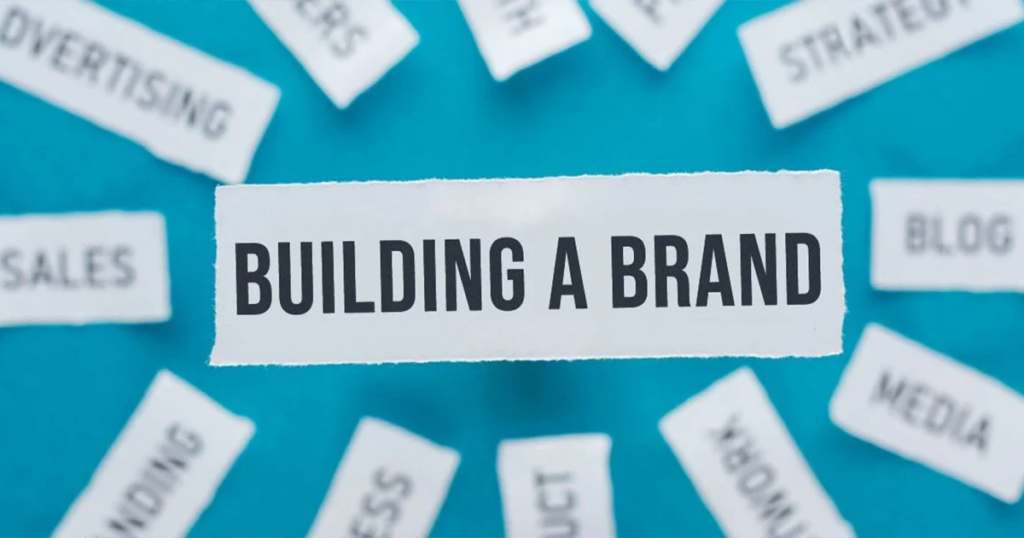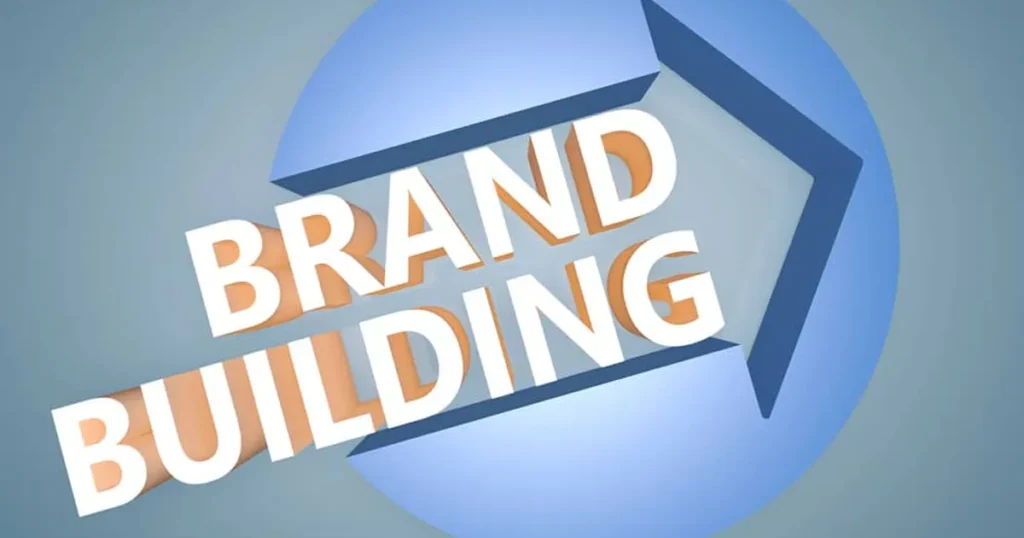Building a Strong Digital Brand in the US: What You Need to Know

The most valuable consumer brands in the world, from Oreo to AT&T, hardly moved in ranking. This tendency persisted till recently, in Ohe new century. Just two of Interbrand’s top 10 brands dropped off the list between 2000 and 2010. Only half of the 2010 brands on the list stayed the same in 2019, however. Building a brand is not complicated at all these, but buidling a strong digital brand that last in the US is important. This guide will lead you to create a brand that lasts.

The internet age makes brands less enduring in part because consumer behaviour has digitised and new business models have shocked many established firms. Still, older companies have nothing intrinsically negative about digital lives. Originally developed in 1892, Coca-Cola is still a strong digital brand in the world!
What, then, is it that makes a brand resilient even when consumer behaviour, technology, and business models fundamentally alter? The secret is that, even heritage brands as we will see, resilient brands are flexible ones.
Methods That Strong Digital Brands In The US Opt
Rising this decade to become a $27 billion dollar business, esports is now more well-known than NBA. Among the most well-known paying celebrities of this age are pro gamers. And the main venue for esports viewing is Twitch, which Amazon bought for $1 billion in 2014 surpasses established broadcasters like ESPN.

- Revealing Method
Arguably, however, Fortnite’s popularity marks esports’ biggest triumph. Fortnite made 1.9 billion dollar gross in 2019. NFL quarterbacks do Fortnite end zone victory dances. And Star Wars revealed by broadcasting its interplanetary message within the game the return of its arch-villain, the Emperor.
2. Easily Available
Second, Fortnite made itself easily available—a free-to-play game—against PUBG’s $29.99 pricing. Moreover, it used a cartoony all-ages appearance instead of PUBG’s austere military one. And the game soon made itself playable on any platform, from cell phones to high-end gaming PCs. Fortnite also understood that not every player wants to shoot objects in the head, hence it started concerts and creative play forms to attract to the widest spectrum of buyers.
3. Quick Tempo of Fresh Material
Third, Fortnite promised to provide a quick tempo of fresh material, introducing new character skills and weapons almost every week. These tweaks maintained the game front of mind and always new.
4. Added Social Elements
Finally, Fortnite captured its consumers by adding social elements, matching algorithms to match players of similar ability, and a large inventory of cosmetics like NFL co-branded jerseys. These locked in its player base with switching fees and network effects.
Fortnite shot to phenomenal popularity using these four techniques. Fortnite claimed 200 million registered players by the end of 2018; PUBG’s player count dropped by 66%.
The MACE Model; The Framework to build a Strong Digital Brand
These similar strategies, which combined I refer to as the “MACE framework,” are not one-offs but rather applicable to any brand. Let us examine them closer now.

Step 1: Mastery; 3 Basic Guidelines To Make Your Brand Accessible
Reward your customers non-transferrable for interacting with your material and utilising your items. Ideally, these incentives call for public demonstrations of affinity or minor (non-monetary) sacrifices to take advantage of the endowment effect—overvaluing losses—and familiarity effect—overvaluing affinity.
For instance, initially introduced in 1993, Hasbro’s Magic brand gained 30% year-on-year in 2019 on the strength of creative goods like Secret Lair, short-notice, 24-hour exclusives needing a “digital queue” to buy.
Three basic guidelines will help you to make your brand readily accessible to as many people as possible.
- First, make your entry-level items as inexpensive as you can—ideally free. This involves using alternate pricing strategies (such as delayed payments, leasing and subscriptions) to save upfront expenses for many businesses.
- Second, present your product or service across as many sales outlets as you can afford.
- Third, make your items appealing to first-time and younger consumers via design and marketing. Although older or current consumers are probably greater margin, concentrating only here reduces the expansion of your long-term clientele.
Marvel’s superhero movies, for instance, have far exceeded competitor DC’s at the box office partly because of a calculated concentration on PG-13 ratings and light-hearted humour appealing to all ages.
Step 2: Create News About Your Brand
Create news and materials about your brand continuously.
- First, regularly publish fresh items (or product revisions).
- Second, by cutting long-form information into micro-content, maximise marketing assets including marketing videos.
- Third, whenever you can, support user produced content.
- And fourth, explain everything; even failure.
Organise a product release that fails. Talk about it in public starting now. The outcome will surprise you as Apple was engaged in a spat with Taylor Swift. Apple turned negative public relations into viral social media adulation by straight acknowledging exploitative royalties, which resulted in Swift herself promoting Apple’s goods.
Step 3: Product Development
Building in switching costs and producing network effects will help your brand to be as sticky as it can be. Two generally applicable approaches for achieving this—systemization and spawning—involve product development.
LEGO finest embodies systemised product lines. The brand uses whole systems (LEGO model kits) instead of one-off releases (bricks). If all LEGO sold was individual parts, consider how exposed it would be to low-cost brick rivals! Products for spawning have a natural incentive for sharing.
Think about the Share-A- Coke campaign by Coca-Cola. Printing popular names on Coke cans, the company promoted gift-giving among friends, hence increasing sales from 1.7 billion to 1.9 billion servings per day.
The success of the first smart thermostat, Nest, is a fantastic illustration of how even staid, CPG items may be recast as MACE-ready brands for the digital era. Nest approach layered in MACE elements during its lifespan follows here:
Nest locks in its consumers using network effects and switching fees at last. Out-of—ecosystem purchases are painfully separated inside a larger Google smart home system of cameras, doorbells, alarms, and locks. Even more deftly, Nest uses network effects—aggregating user behavior—to produce improved temperature adjusting algorithms.
Conclusion
Any company, even classic ones, has a plan for long-term relevancy: MACE. True, companies without natural, digital connectedness need creative thinking to use this framework.
Companies who cannot, however, properly interact with customers on digital platforms are going to be dinosaurs. This is something that even the most conventional products—like thermostats—must and can accomplish rather well. Consider MACE and make sure your brand survives in this ever digitised environment.
Build A Strong Digital Brand With HA-Tech LLC
Track the success of any branding plan and make necessary changes. To discover what works best for your business and audience, you must play around with many kinds of marketing strategies.
Don’t hesitate to use your material to explore unconventional ideas in order to address both groups. Try many kinds of material and see which fits your brand and audience most.
Making a lot of material has benefits in that you inevitably gather a lot of data. Not let it go to waste.
Monitoring the performance will reveal a lot about what appeals to them, what others see of your brand, and what doesn’t.
Developing a brand calls for time and effort as a creative process. Book a free consultation call with one of our experts if you want more ideas.
